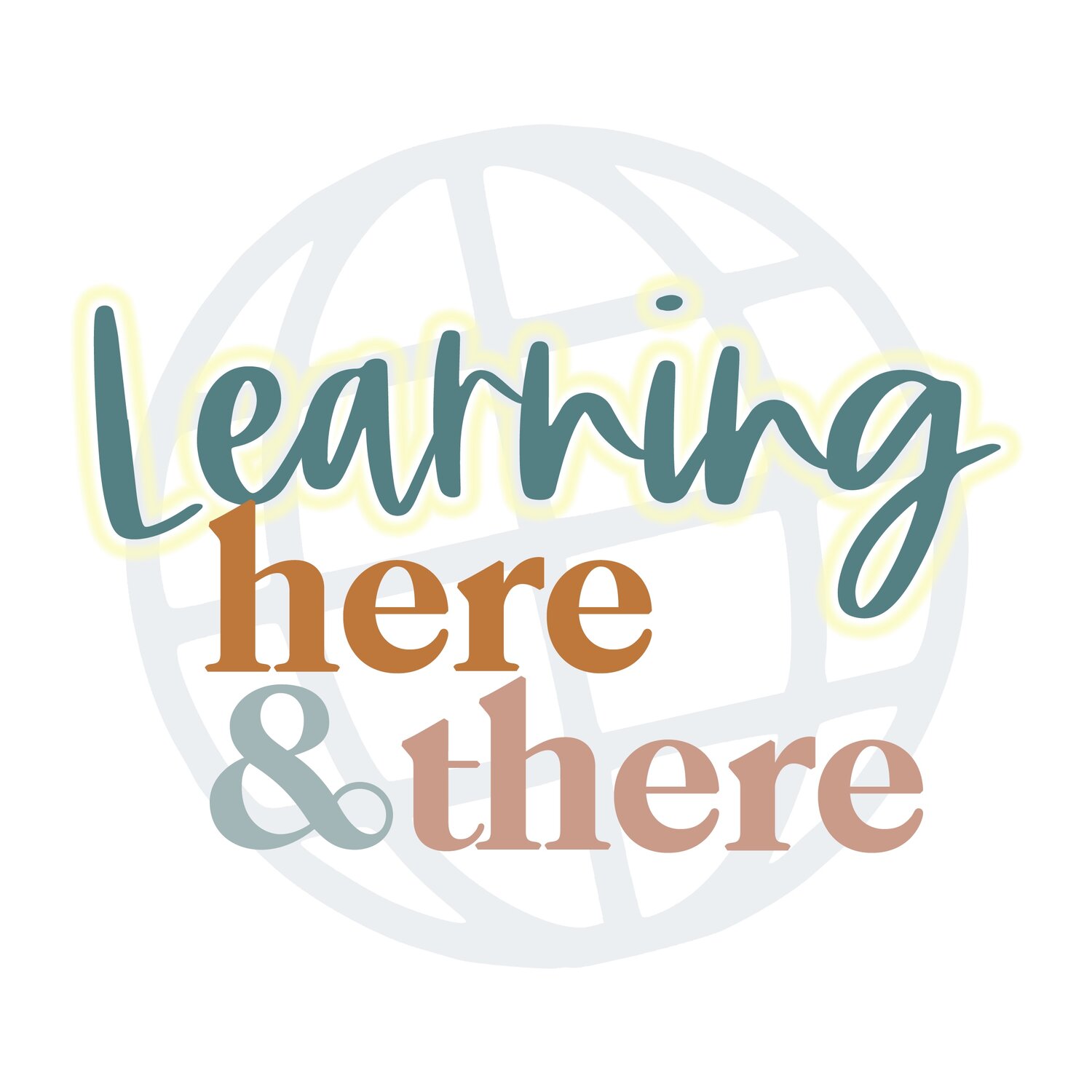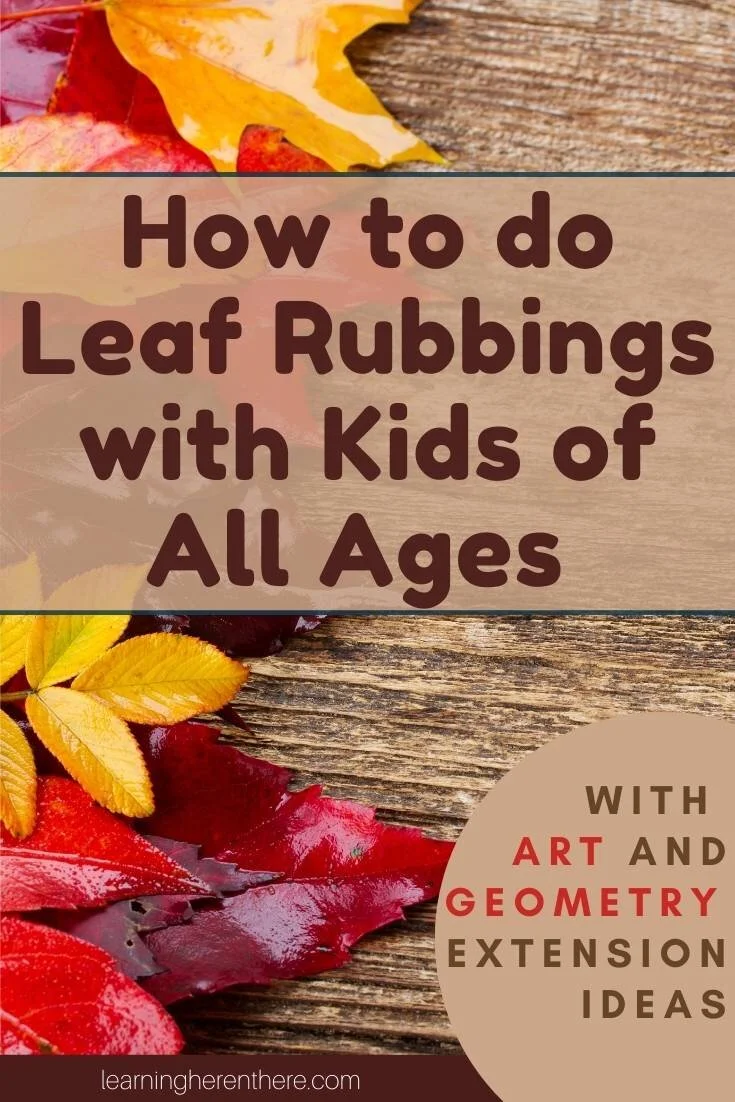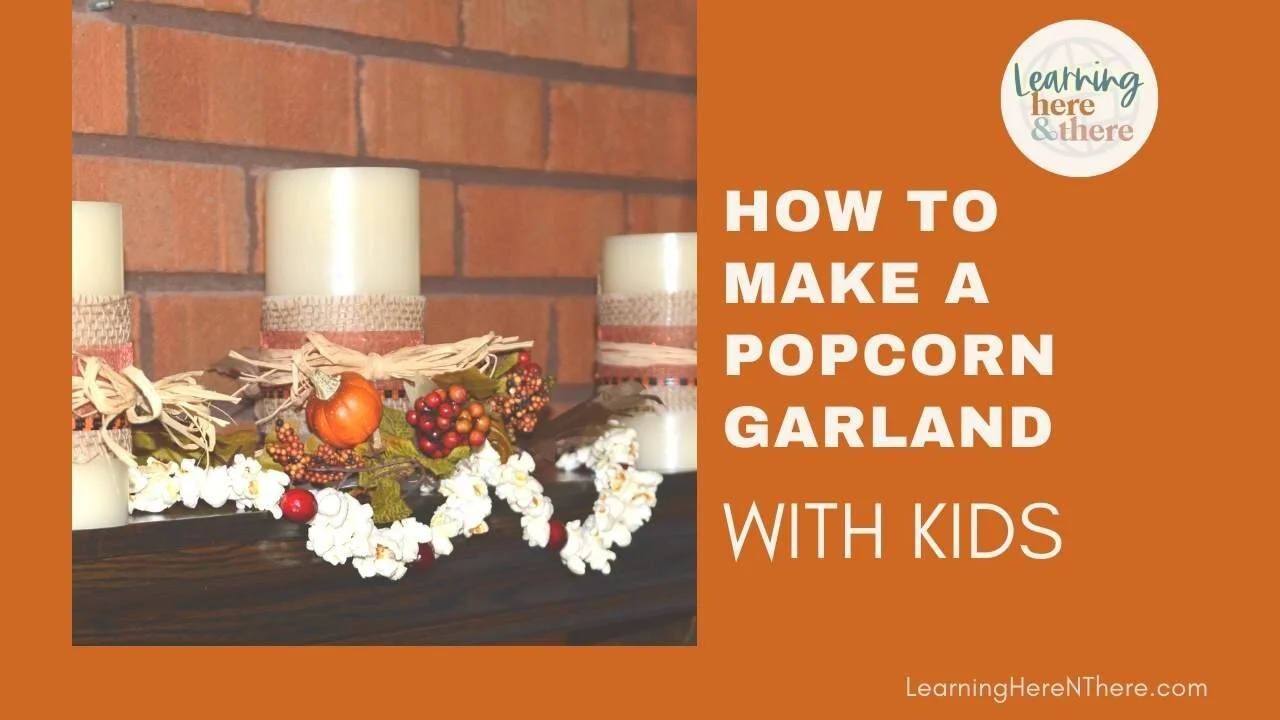Leaf Rubbings for Kids of All Ages
Leaf rubbings don't have to be complicated, and they don't even need to have an art project for an end goal. Just the act of making a rubbing is fun in and of itself.
After a while, however, leaf rubbings can get boring. Add some extra interest to the activity with the artistic and geometric extensions.
Leaf rubbing is process art.
Don't overthink it, just dive in. Kids love it, and grown-ups do too.
This post contains affiliate links. As an Amazon affiliate, I earn a small commission on purchases made through these posts.
Let's get started!
Materials you need
Paper - I have found that plain white printer paper is a great starting point. It's readily available, easy to use, and the rubbings show up really well. See the extension suggestion below for other papers you can try. Whatever you use, have lots of it ready. Kids (and adults) will go through it quickly.
Crayons - The simplest art medium to use is a bare crayon which allows you to lay it sideways and make large swaths of color. These beeswax crayons (below) are our new favorite. They feel good to the touch, and you can create a variety of marks with them depending on how you hold them. (Oil pastels can be fun too.)
Protective Layer - You should protect your work surface somehow. I like to use either a craft mat or plastic tablecloth. (I keep a tablecloth around that I always pull out for art time, and I just keep reusing it until it's too messy to keep anymore.) I also like using a craft mat like the one linked to below.
Leaves - You can't use dried out leaves from last week's nature walk. If you're going to use real leaves, they need to still be fresh (but not damp). You can also laminate the leaves (we like this laminator), and use them over and over for years. Another option is to buy synthetic leaves. I've had a set for years. I love them because they can be used for so many things throughout the fall season. If you go this route, just make sure the leaves you get have some texture to them, so the veins actually show up in a rubbing.
If you really need an end product, choose the best rubbings and turn them into a leaf garland. Have kids practice their scissor skills and cut out the leaves they like. Laminate and hole-punch them, then thread them on some yarn or twine.
Or scroll to the bottom of this post to visit the Giant List of Fall Leaf Activities.
Basic Leaf Rubbing Activity
For Toddlers and Preschoolers - Demonstrate how to put the leaf under the paper and feel around for it on top of the paper with their fingers. Show them how to hold the paper with one hand and color over the leaf with the other hand. They will need an extra pair of hands at first until they figure out how to do it themselves. You could also use masking tape and secure the edges of their paper to the craft mat.
Older Kids - If an older child has never done a rubbing before, quickly demonstrate on your own paper (not theirs) how it works, but don't set any rules. Just put the materials in front of them, and let them explore on their own. The discovery of "what happens if I do this" is part of the experience.
Extension Ideas
If kids seem to be getting bored with the original rubbing activity, start making suggestions of things they could try. Keep it loose and open-ended. I recommend doing it in the form of questions.
Is the rubbing different if you hold the crayon differently? (at the tip versus on its side)
Which leaves make more of an imprint?
Keep scrolling for more ideas!
Artistic Extension Ideas
For most of the following suggestions you don't want the paper to slip around. It's a good idea to use wash tape to secure two corners (of one side) of the paper.
Color Mixing: What would happen if you did a yellow rubbing on top of the red rubbing you made? What other new colors can you make by mixing/layering? Which colors make new colors? Which colors don't look good when mixed?
Make a Rainbow: Can you make a rainbow of rubbings? (on a new paper) Do you need to mix any colors to get all the rainbow colors?
Gradations: Can you make different shades of the same color?
Explore different papers and mediums: Are the rubbings different if we use different kinds of paper? (newspaper, brown paper bag, parchment paper, cardstock paper, scrap magazine pages, watercolor paper, the back of wrapping paper, etc...) What if we try to make the rubbings with markers? (or pastels, highlighters, paint sticks, etc...) Which combination do you like the best?
Geometric Extension Ideas
Geometry is another natural concept to explore with leaf rubbings. I'm not talking about discussing shapes, but instead we're looking at the movement of shapes. Specifically "turn/rotate," "flip/reflect," and "slide/translate."
For younger kids keep the language simple (turn, flip, slide).
For older kids, you can decide if they're ready to add the more mathematical words to their vocabulary (rotation, reflection, and translation)
Make a Repeated Image/ Patterns: Students keep the leaf in the same orientation, but slide it over or down (or both) just a little ways from the original rubbing and make a new rubbing. Repeat.
Use questions to guide them. Can you move the leaf over just a little bit and rub it again? How many of those can you fit on the paper? Can you fill your paper with a pattern?
Symmetry: The child makes a leaf rubbing, then carefully flips the leaf across an imaginary line of symmetry and makes a new rubbing. (You may want to gently secure the leaf with a tiny bit of washi tape.)
Rotational Symmetry After the initial rubbing, rotate the leaf 90 degrees (a quarter turn around the paper) and make another rubbing. Continue rotating and rubbing the leaf until you have rotated it back to its original positing. (You may want to gently secure the leaf with a tiny bit of washi tape.)
Additional Extensions
Make rubbings of other things: What can we make a rubbing of other than leaves? Coins are a good option, or go outside and put the paper against a tree to make a rubbing of the tree bark. Make a rubbing of a cutting board to see the texture that was barely noticeable. What kinds of things don't make a good rubbing? (anything that isn't flat with a slightly raised surface)
Final thoughts: Remember that this is more about the process than any end product. Have fun with it and just start exploring. You never know where an open-ended activity may lead.
To do more with your fall leaves, check this Giant List of Fall Leaf Activities for some inspiration from some of your favorite kid bloggers.
Join me on Pinterest. My "Fall Fun for Kids" board is always full of the latest ideas.







